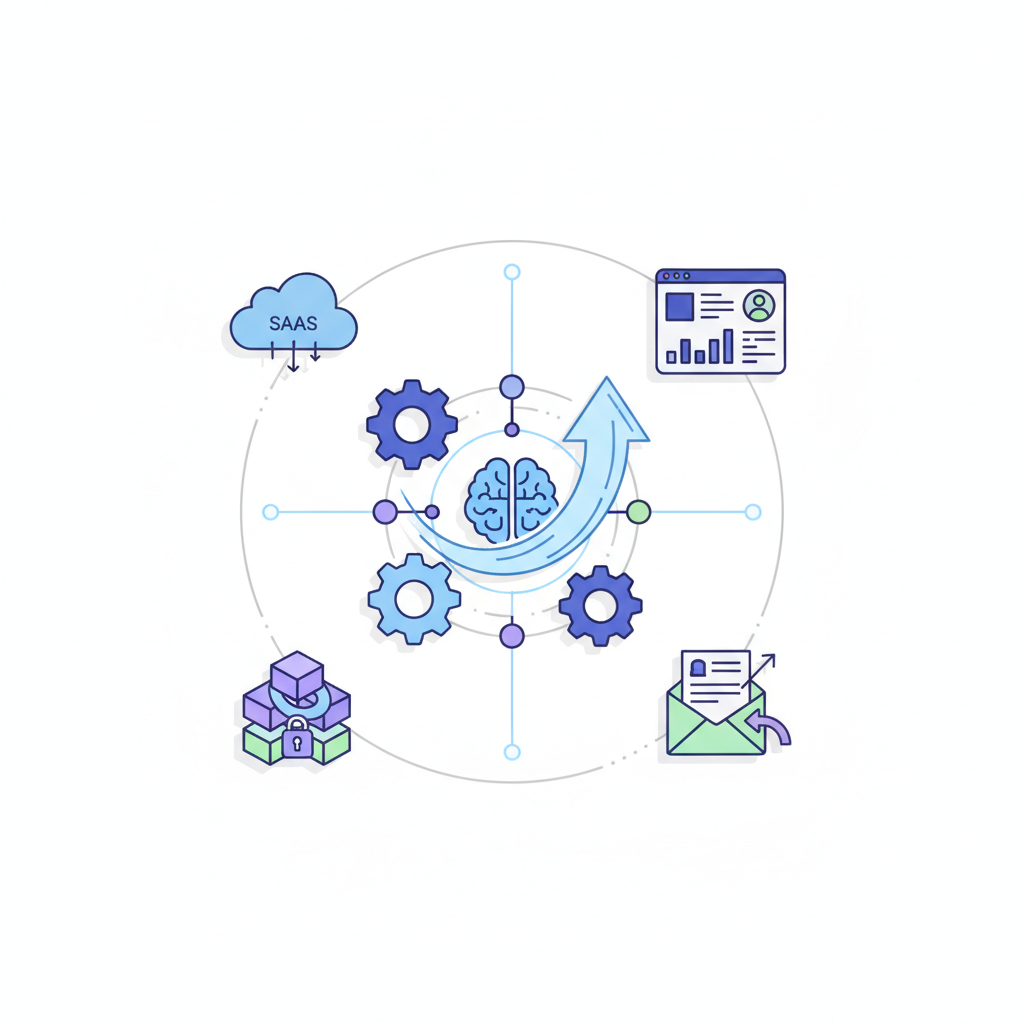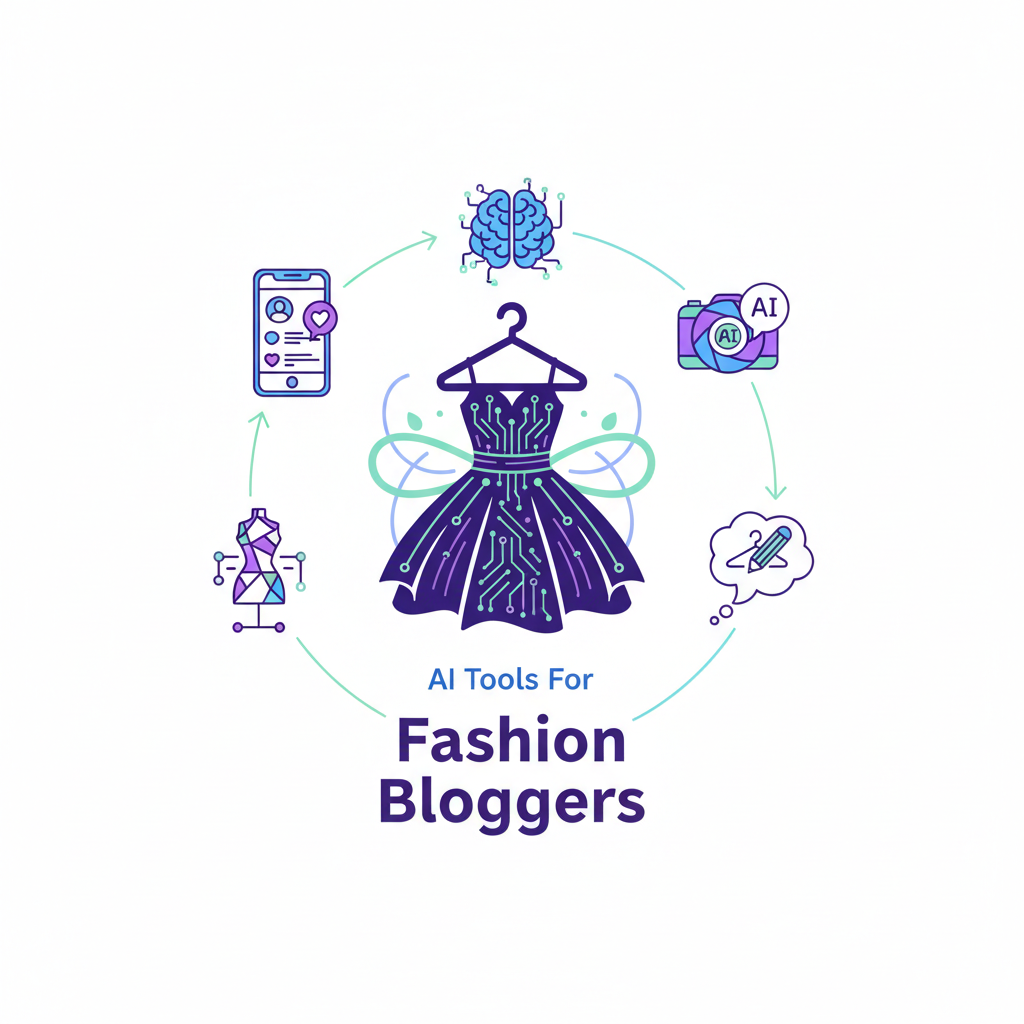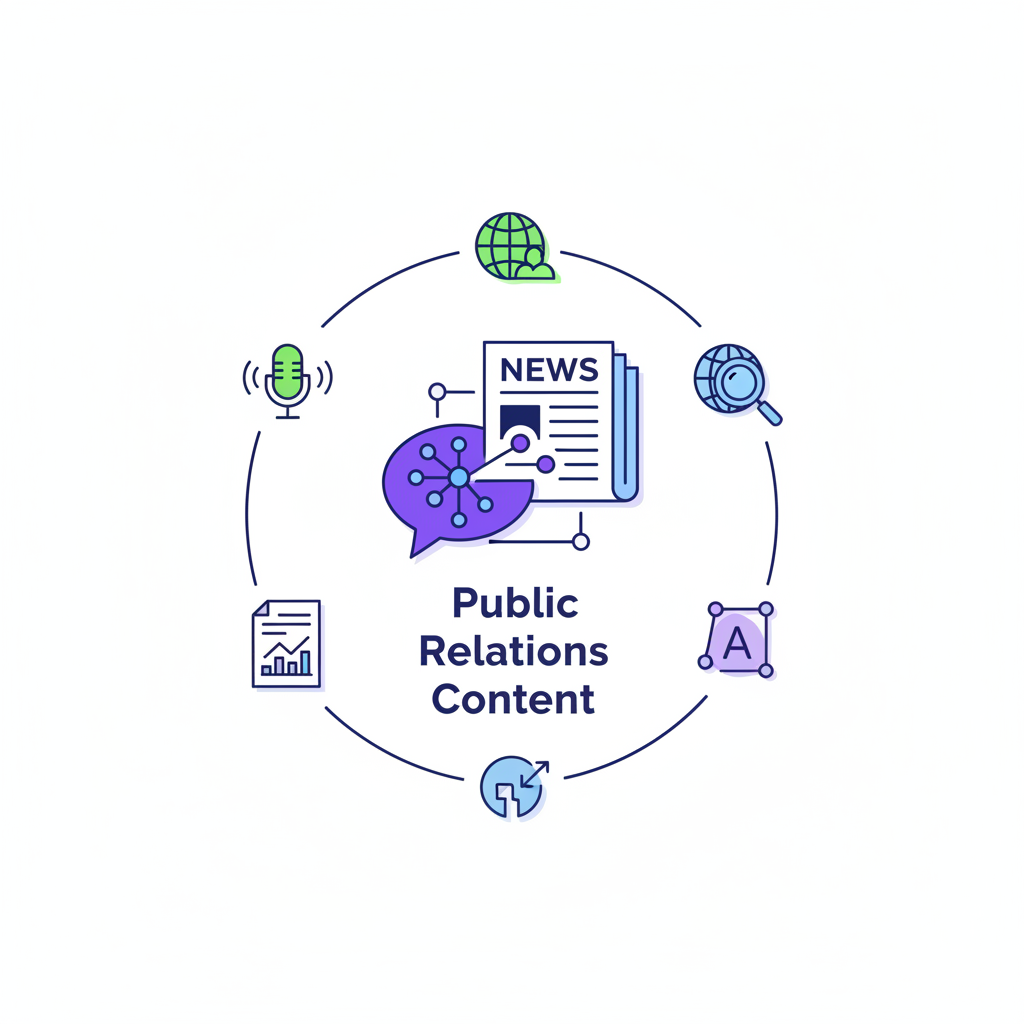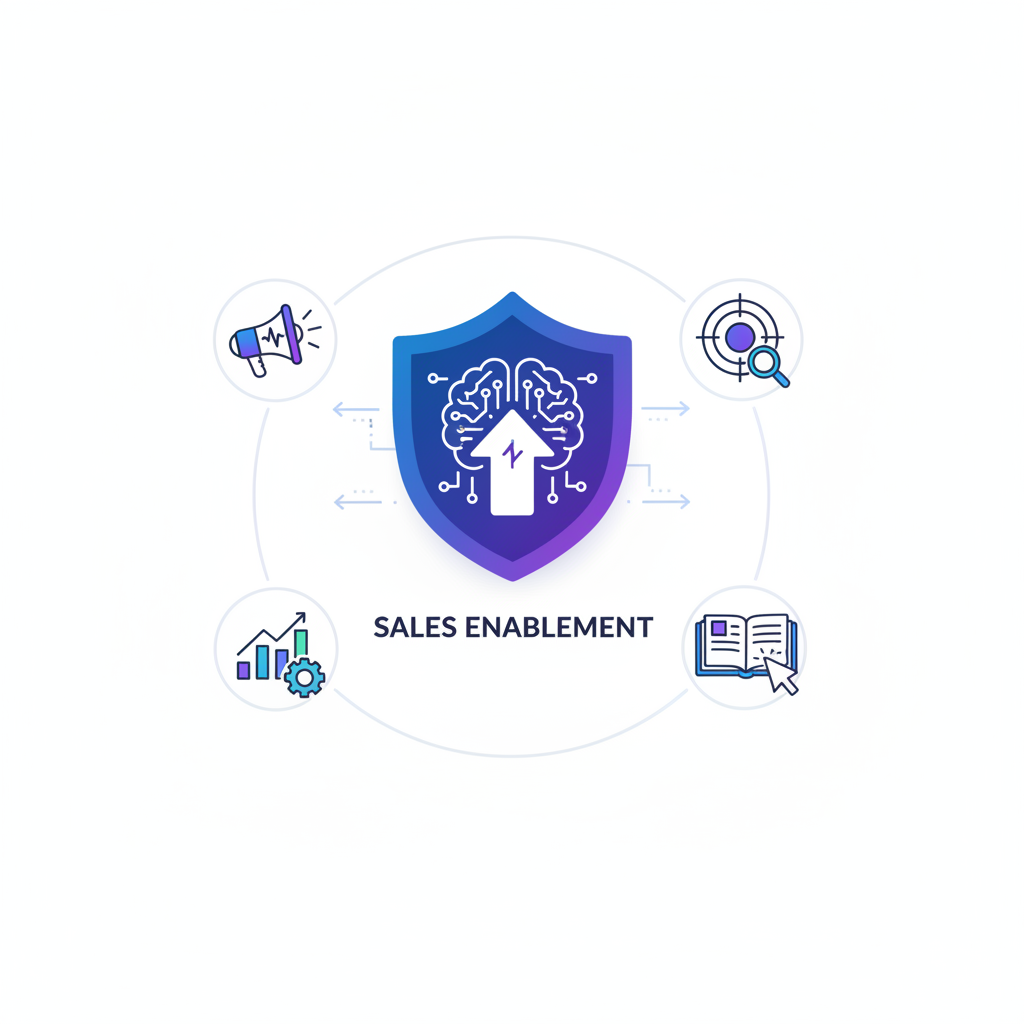Top 10 AI Tools for SaaS Companies
AI is revolutionizing the SaaS model. Discover the top 10 AI tools—from developer assistants like GitHub Copilot and Claude to marketing engines like Jasper and Copy.ai—that empower SaaS companies to accelerate product development, personalize user experience, and drive sustainable, exponential growth.

In the hyper-competitive Software-as-a-Service (SaaS) landscape, standing still is the fastest way to fall behind. The pressure to innovate, acquire customers, and provide stellar support is relentless. While traditional strategies still have their place, a new force multiplier has emerged, separating the market leaders from the laggards: Artificial Intelligence. AI is no longer a futuristic buzzword; it's a practical, accessible, and indispensable toolkit for modern SaaS businesses aiming for exponential growth.
From accelerating code development and automating marketing campaigns to personalizing user experiences and streamlining customer support, AI tools are revolutionizing every facet of the SaaS model. Companies that integrate these technologies into their core operations are not just improving efficiency—they are building smarter products, making data-driven decisions, and creating more value for their customers. The challenge is no longer if you should adopt AI, but which tools will deliver the most significant impact on your specific business goals.
This guide cuts through the noise. We will explore the top 10 AI tools specifically curated for the unique challenges and opportunities facing SaaS companies. Whether you're a lean startup or an established enterprise, these solutions can help you write better code, create more compelling content, sell more effectively, and support your customers with unparalleled efficiency. Get ready to discover the AI-powered arsenal you need to build, market, and scale your SaaS business in the new era of intelligent automation.
Why AI is a Game-Changer for SaaS
The SaaS business model is built on scalability, recurring revenue, and customer retention. AI acts as a powerful catalyst for all three, transforming core processes from manual and reactive to automated and predictive. By embedding AI into their workflows, SaaS companies can unlock a new level of operational excellence and competitive advantage.
One of the most significant impacts of AI is the radical boost in productivity. Repetitive, time-consuming tasks across engineering, marketing, and support can be automated, freeing up talented teams to focus on strategic, high-value work. Beyond automation, AI provides the deep analytical power needed for data-driven decision-making, allowing for hyper-personalization at scale. AI algorithms can sift through vast amounts of user data to identify patterns, predict churn, and uncover opportunities for upselling.
Ultimately, AI empowers SaaS businesses to scale more intelligently. It allows you to support a growing user base without proportionally increasing your headcount, maintain a high standard of service, and continuously iterate on your product based on intelligent insights rather than guesswork.
The Top 10 AI Tools for Every SaaS Department
Engineering and Product Development
AI tools in this category help development teams build better software faster, reduce bugs, and streamline the entire development lifecycle.
1. GitHub Copilot
- Primary Use Case: Accelerating code development and reducing manual coding tasks.
- Key Features: Context-aware code completion, boilerplate code generation, language translation, and test case generation.
- How SaaS Teams Use It: Developers use it to speed up the creation of new features and significantly shorten development sprints, leading to a faster time-to-market for new product updates.
2. ChatGPT
- Primary Use Case: General-purpose development assistant, debugging, and technical documentation.
- Key Features: Natural language to code conversion, error analysis and debugging suggestions, algorithm explanation, and API documentation drafting.
- How SaaS Teams Use It: Developers use it to quickly debug complex code snippets, generate boilerplate for new microservices, and create clear, concise documentation for internal APIs.
3. Claude
- Primary Use Case: Codebase analysis, refactoring, and understanding complex systems.
- Key Features: A very large context window (up to 200K tokens), strong reasoning capabilities, and a focus on safety and reliability.
- How SaaS Teams Use It: Engineering teams can upload entire legacy codebases and ask Claude to identify areas for refactoring, explain how different modules interact, or help migrate the code to a new framework.
Marketing and Content Creation
These AI tools help marketing teams create high-quality content at scale, optimize campaigns, and generate stunning visuals to capture audience attention.
4. Jasper
- Primary Use Case: Creating long-form marketing content like blog posts, ebooks, and website copy.
- Key Features: Brand Voice learning, SEO optimization mode (Surfer SEO integration), and pre-built templates for various content types (ads, emails, social posts).
- How SaaS Teams Use It: Content teams use Jasper to draft technical blog posts, ensuring consistency with the company's voice and optimization for target keywords.
5. Copy.ai
- Primary Use Case: Generating high-converting sales copy, email campaigns, and social media content.
- Key Features: Extensive template library (over 90 tools), workflow automation, and an intuitive editor.
- How SaaS Teams Use It: Sales development representatives (SDRs) use it to craft personalized cold outreach emails, and social media managers use it to quickly generate engaging posts for LinkedIn and Twitter.
6. Midjourney
- Primary Use Case: Creating custom illustrations, hero images, and conceptual art for marketing materials.
- Key Features: Highly artistic and stylized output, powerful prompt engineering capabilities.
- How SaaS Teams Use It: Marketing teams use Midjourney to create unique hero images for their landing pages and eye-catching visuals for social media ad campaigns, eliminating the need for generic stock photography.
Operations and Productivity
These AI tools enhance communication, streamline project management, and automate administrative tasks, boosting productivity across the entire organization.
7. Grammarly
- Primary Use Case: Ensuring consistent, high-quality writing across all company communications.
- Key Features: Tone detection, style guide enforcement, clarity suggestions, and plagiarism detection.
- How SaaS Teams Use It: Support teams use it to ensure their responses are empathetic and professional, while marketing teams use it to proofread content and maintain a high standard of communication quality.
8. Notion AI
- Primary Use Case: Streamlining documentation, project management, and knowledge sharing.
- Key Features: AI-powered summaries of long documents, action item extraction from meeting notes, and content drafting (e.g., project briefs) integrated directly into the workspace.
- How SaaS Teams Use It: A product manager uses Notion AI to instantly summarize a long thread of user feedback, extracting key pain points and feature requests, and generating actionable tasks.
9. Microsoft Copilot
- Primary Use Case: Enhancing productivity and automating tasks within the Microsoft 365 suite.
- Key Features: Summarizing email threads in Outlook, generating presentations in PowerPoint from Word documents, and analyzing data in Excel using natural language.
- How SaaS Teams Use It: For SaaS companies in the Microsoft ecosystem, it connects information across apps, allowing managers to instantly summarize missed Teams meetings or analysts to create charts in Excel by simply describing what they need.
10. Gemini
- Primary Use Case: Complex problem-solving, multimodal data analysis, and leveraging Google's ecosystem.
- Key Features: Multimodality (understands text, code, images, video), strong performance in coding and logical reasoning, and native integration with Google Workspace and Google Cloud.
- How SaaS Teams Use It: Development teams using Google Cloud can leverage Gemini to optimize infrastructure configurations. Marketing can analyze the performance of a YouTube video campaign, pulling insights from the video and analytics data.
How to Choose the Right AI Tools for Your SaaS
A strategic approach is essential to ensure you invest in solutions that deliver a real return on investment.
- Identify Your Biggest Bottlenecks: Pinpoint where your teams are spending the most time on manual, repetitive tasks (e.g., slow development cycle, overwhelmed support).
- Start with a Specific Use Case: Choose one or two high-impact use cases (e.g., automating blog post creation) and measure the impact before scaling.
- Consider Integration Capabilities: Ensure the tool seamlessly integrates into your existing tech stack (IDE, CRM, project management).
- Prioritize Security and Data Privacy: For proprietary code or customer data, use enterprise-grade tools (like the paid tiers of ChatGPT for Teams or Microsoft Copilot) that guarantee your data is not used for training public models.
Frequently Asked Questions (FAQ)
How can a small SaaS startup with a limited budget leverage AI?
Start with free or low-cost tools. Many powerful AI assistants like ChatGPT, Claude, and Gemini offer robust free tiers. Focus on using these tools to save time on high-cost activities like debugging and drafting content, effectively giving your small team more leverage.
What are the security implications of using AI tools with company data?
It's critical to use enterprise-grade AI tools that offer data privacy guarantees and ensure your data is not used to train their public models. Always review the terms of service and privacy policy before inputting proprietary code, customer data, or internal strategy documents into any AI platform.
How do we measure the ROI of implementing these AI tools?
Measure the return on investment (ROI) by tracking key metrics related to the problem you solved. For development tools (Copilot), track changes in developer velocity and cycle time. For marketing tools (Jasper), track the time/cost to produce content and its performance (e.g., organic traffic).
Conclusion: Turn Your Strategy into Action
The AI revolution is here, and it is reshaping the SaaS industry. The tools highlighted in this guide represent a powerful starting point for building a significant competitive edge. By thoughtfully integrating AI into your core operations, you can build a more efficient, innovative, and customer-centric SaaS business poised for long-term, sustainable growth. The future of SaaS belongs to those who build intelligently, and today, that means building with AI.
Featured Tools

10Web is an AI-powered WordPress platform that offers automated website building, hosting, and optimization with AI assistance for content and image generation.

A global creative platform connecting businesses with freelance designers for custom graphic design projects.

Acquire.io is a customer engagement platform offering live chat, AI chatbots, co-browsing, and video chat to enhance customer support and sales.

A customer experience automation platform combining email marketing, marketing automation, and CRM with AI-powered personalization.

An AI-powered customer service automation platform that delivers personalized, instant support across various channels.
Top AI Categories
Related Articles

Top 10 AI Tools for Fashion Bloggers
Discover insights about AI tools and technology.

Top 10 AI Tools for Public Relations Content
Discover insights about AI tools and technology.

Top 10 AI Tools for Sales Enablement
Discover insights about AI tools and technology.